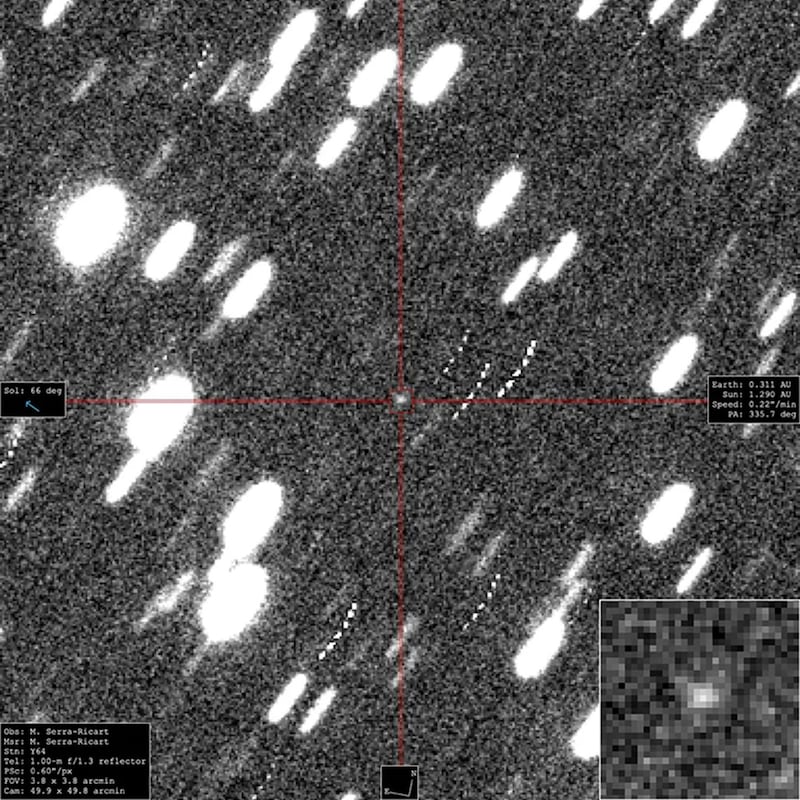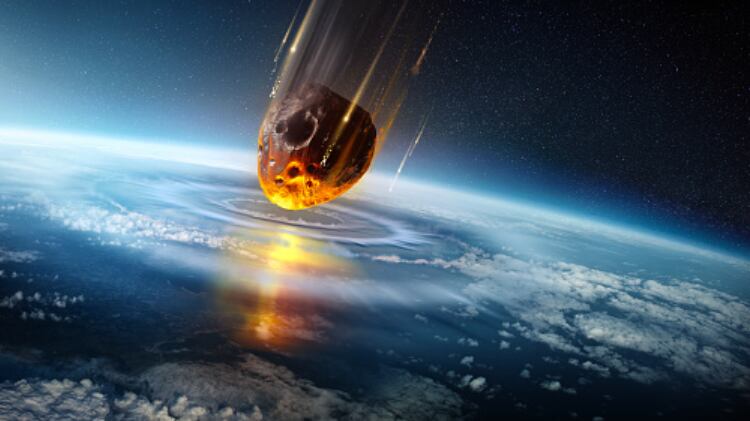The image of a rock penetrating the atmosphere and colliding with the Earth is a possibility in the coming years. Asteroid 2024 YR24, which was located from Chile at the end of the previous year, has increased its impact risk to 2.3%, making it one of the highest in the past two decades.
PUBLICIDAD
Although the probability remains low, the unexpected increase in this percentage, combined with the fact that it is an asteroid previously unknown, has led the NASA, along with all space agencies and the scientific community, to focus their attention on monitoring this asteroid.
PUBLICIDAD
Therefore, NASA and ESA, working together, took an unusual emergency measure in these circumstances. Both space agencies granted special authorizations to the James Webb Space Telescope to thoroughly examine the asteroid.
The goal of the space observatory is to obtain precise dimensions, exact trajectory, detailed speed, and composition of the rock. By gathering this information, it will be possible to provide a revised update on the chances of 2024 YR4 colliding with Earth.

The whole world watching the asteroid
“Astronomers worldwide are using high-powered telescopes to obtain the orbit of the asteroid with the greatest possible accuracy. However, knowing its trajectory will only indicate if the asteroid could collide with our planet, not the magnitude of such a collision. It is crucial to refine our assessment of the size for 2024 YR4: the risk posed by a 40-meter asteroid is very different from that of a 90-meter one,” a spokesperson for the ESA mentioned, as reported in Daily Mail.
The asteroid was identified on December 27, when it was 829,000 kilometers away from Earth, following a trajectory in which it is moving away. However, upon analyzing its path, it was determined that there will be two approaches: one in 2028 and another in 2032, the year with the highest risk of collision with Earth.
